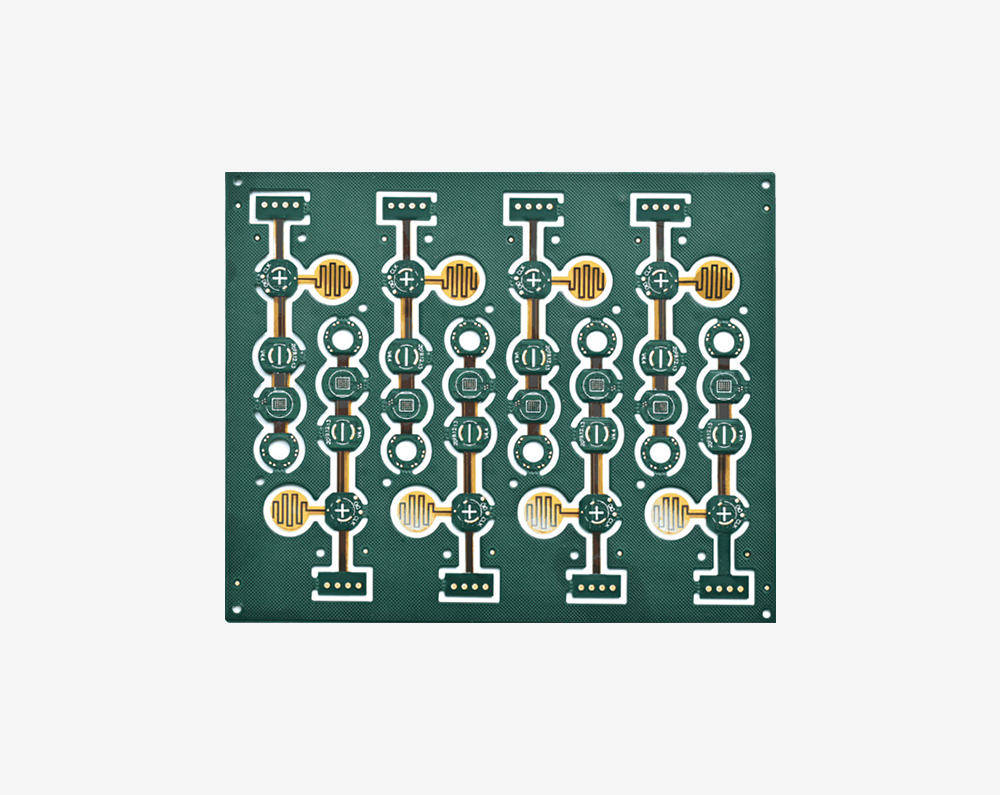Time:2023-08-29Views:
PCB manufacturing can be divided into conventional and unconventional requirements. Conventional PCB circuit boards require a large amount of material, are affordable, and are favored by customers. So, what are the general requirements for PCB manufacturing?
1. Conforming to the requirements of PCB processing technology.
2. The surface treatment has strong antioxidant ability.
3. Being able to directly identify deficiencies in PCB files can be more optimized.
4. High speed signals have high requirements for PCB boards, with boards capable of running within 10GHz.
5. High speed boards require high impedance, and it is best to have more types of PP.

6. Clear characters with a small range of size deviation.
7. The welding pad has strong welding ability and is not easy to fall off, and other copper sheets and wires are also not easy to fall off.
8. The line width/aperture/spacing can be achieved with precision, with a minimum line width/character of 3mil and a line spacing/aperture of 4mil.
9. The surface of all PCB pads is leveled with hot air, and the smooth board looks clean, refreshing, and comfortable.
10. PCB design, board making, steel mesh, devices, and mounting can be integrated.
11. Impedance requirements suggest minimum line width and line spacing or recommended line width and line spacing.
12. The number of layers that the board can be made is within 1 to 20, which is suitable for most customers.
13. Try to be precise and small in tolerances, such as plate thickness, hole diameter, line width, SMT, BGA, external dimensions, warpage, etc.
14. Can provide documents on the company's PCB manufacturing process and production and processing capacity requirements.
15. When making regular boards, it is hoped that the circular arc angle can be guided around the board, so that it is not easy to hurt hands or cut.
16. Can add environmentally friendly silk screen labels such as lead-free and anti-static.
17. Capable of providing flight tests and test reports, as well as impedance reports.

